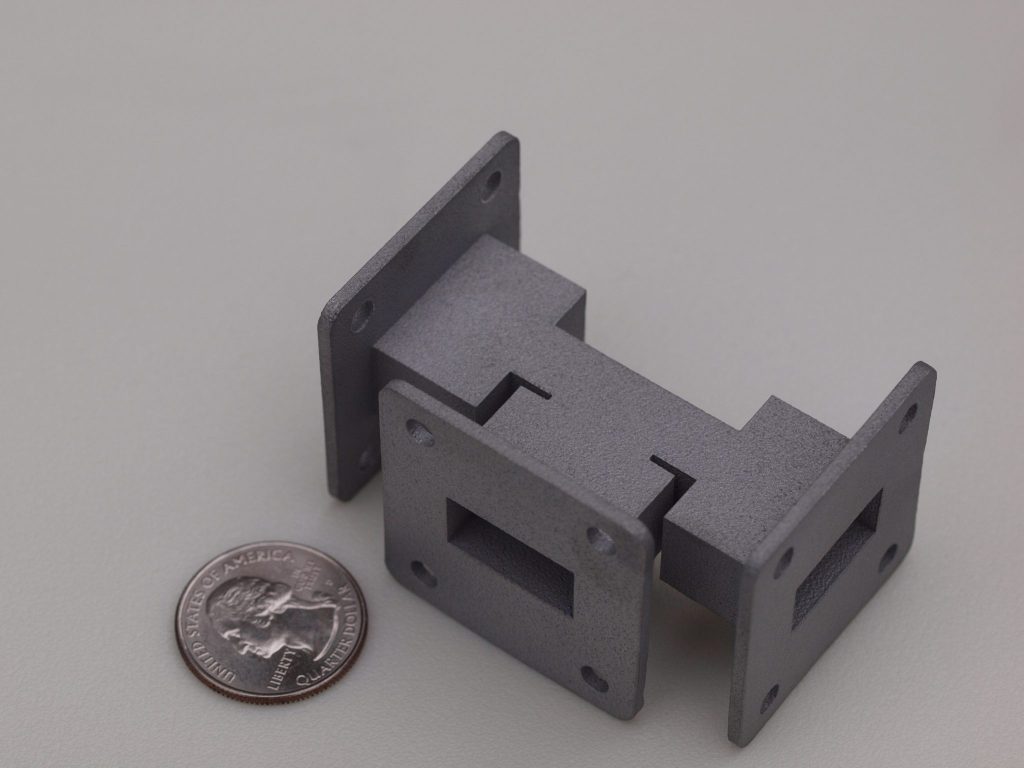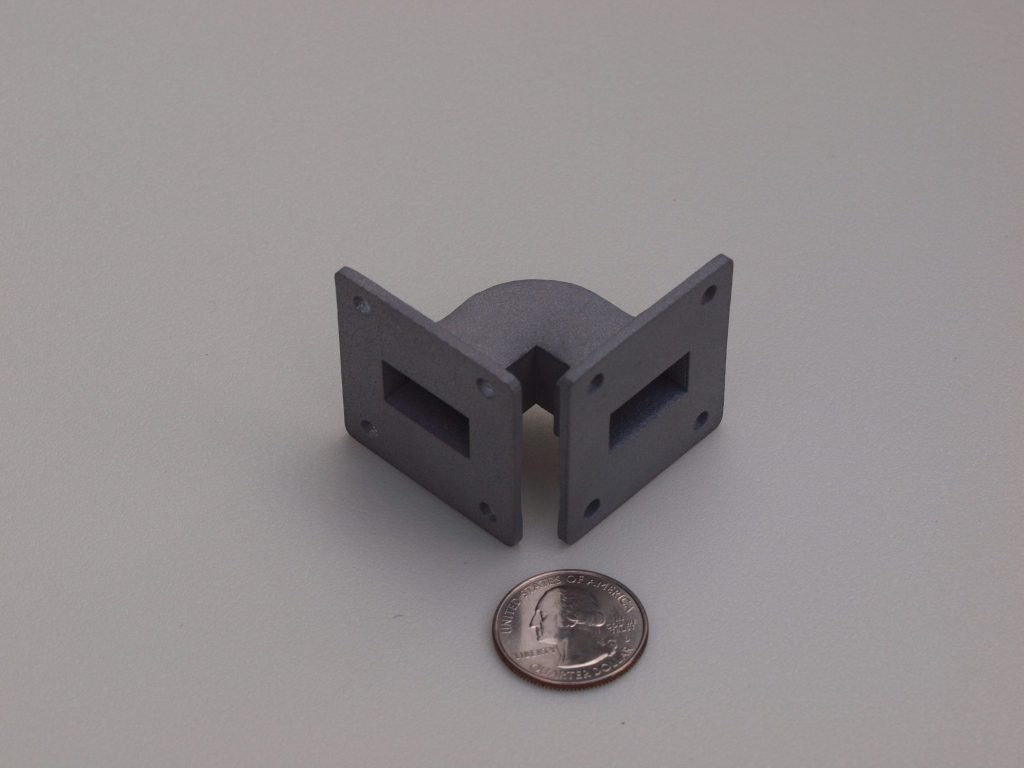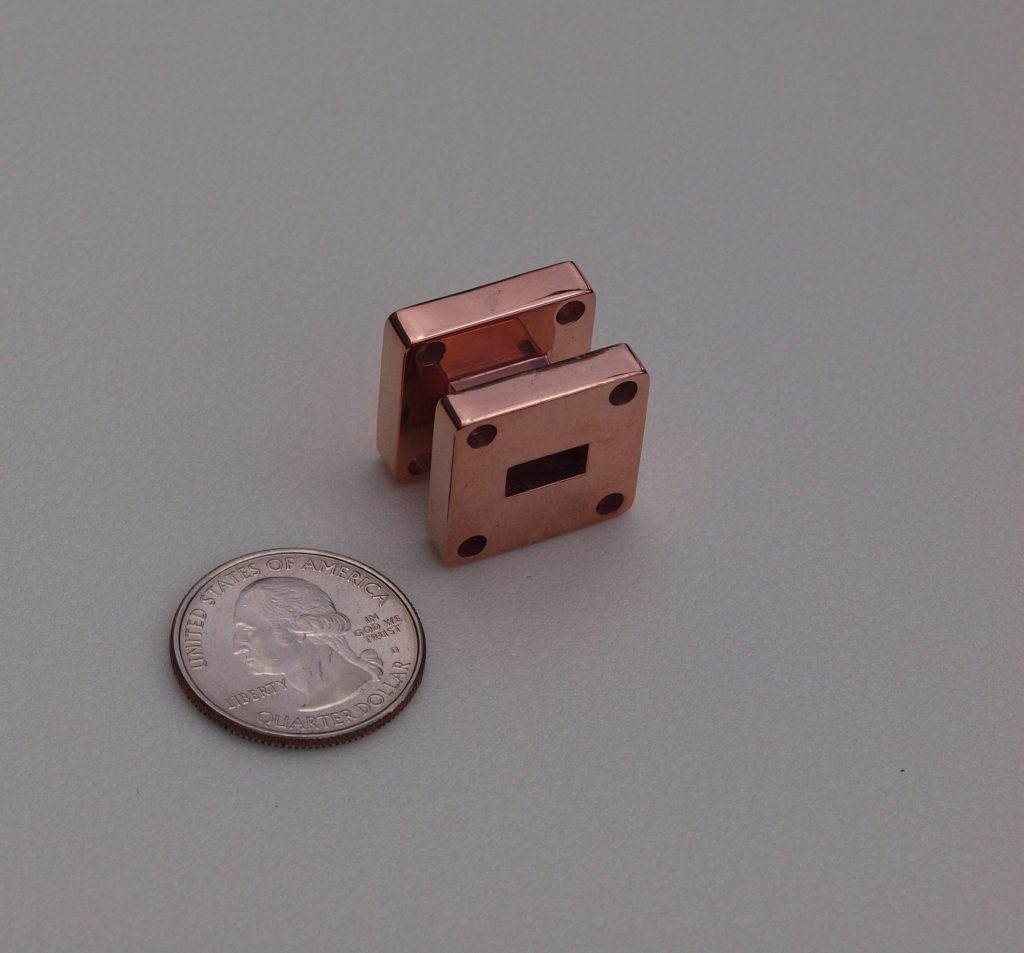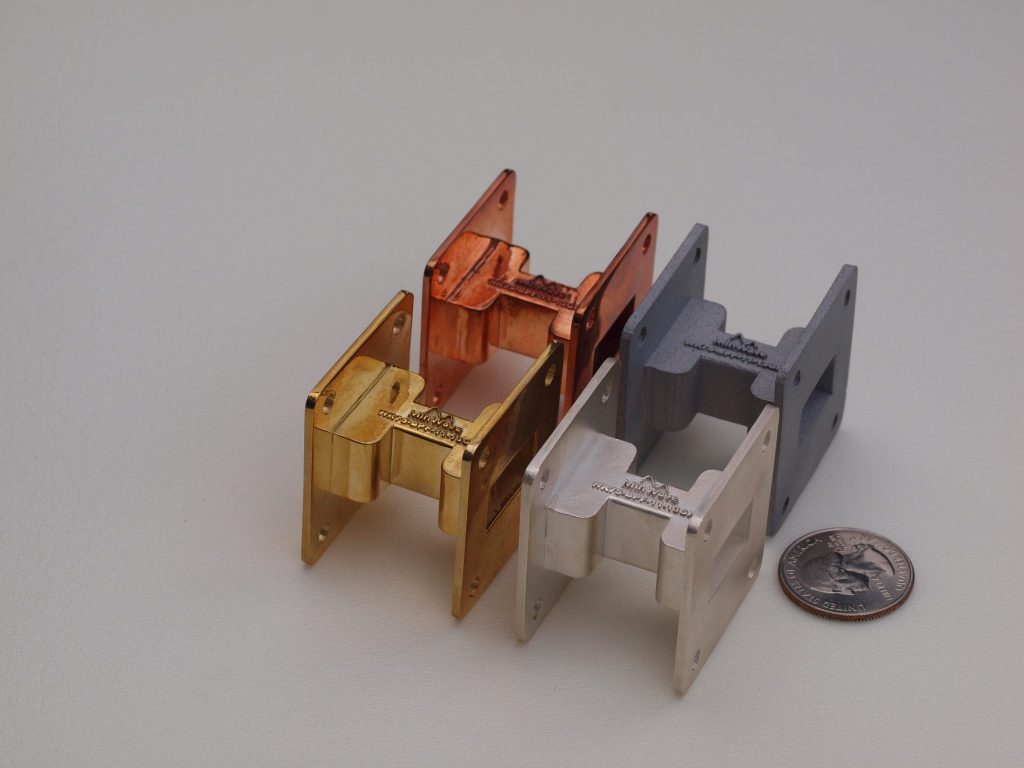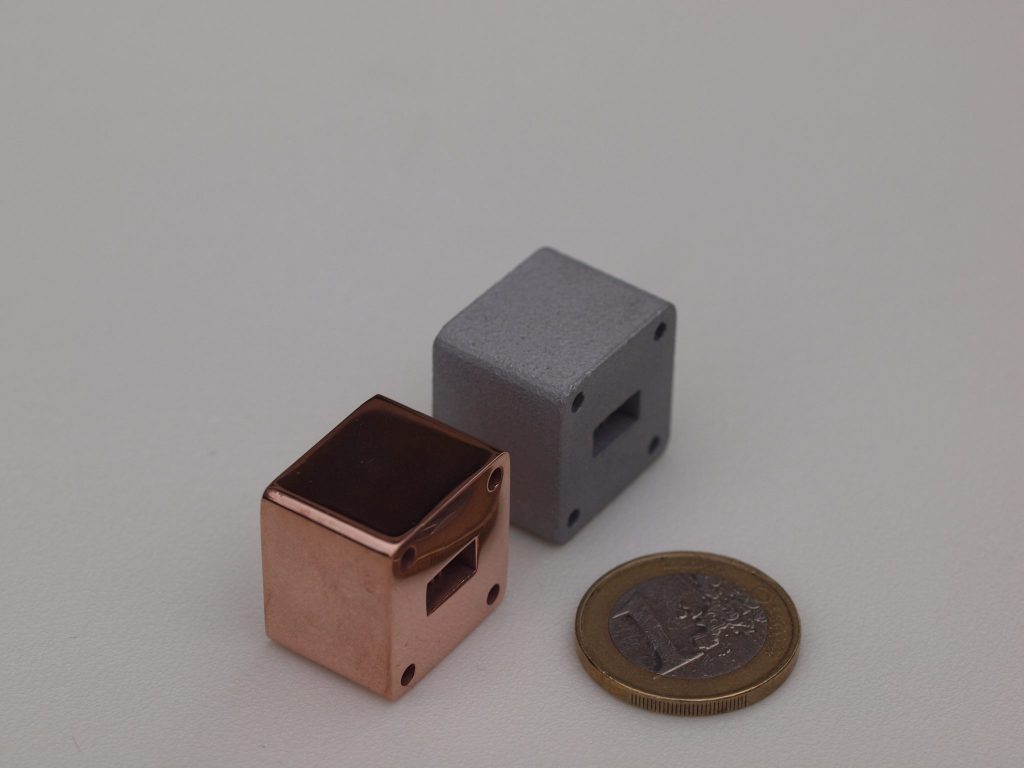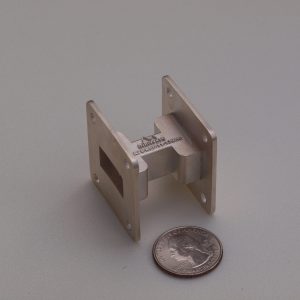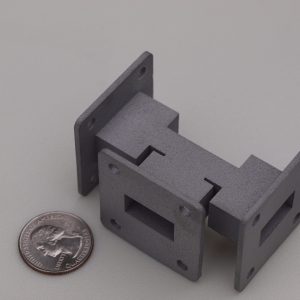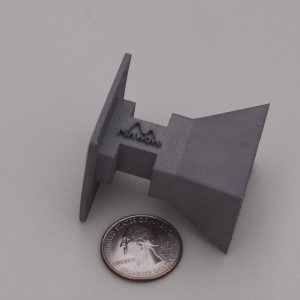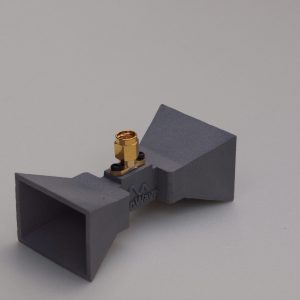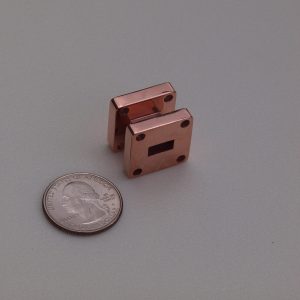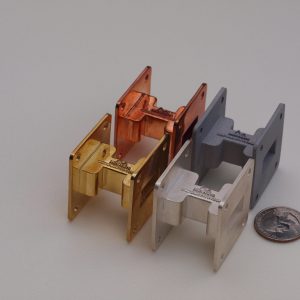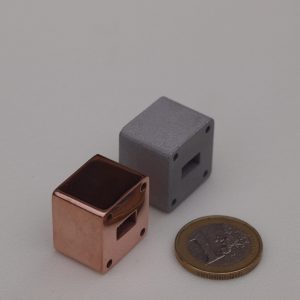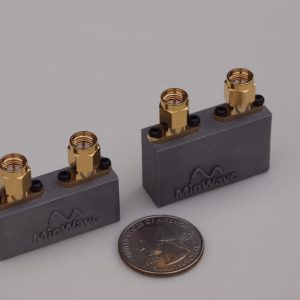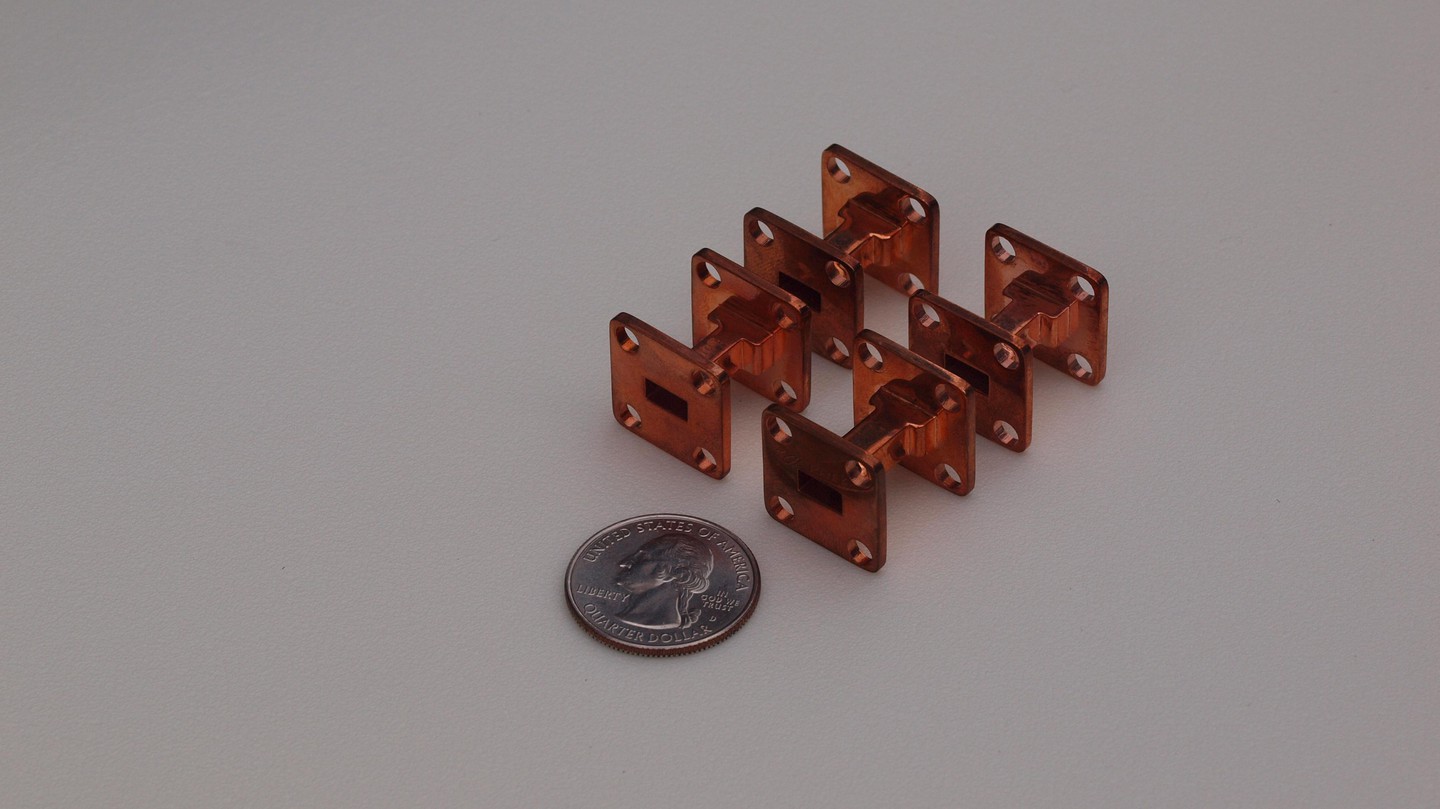Introduction
Due to the large wavelength involved, microwave devices such as filters, antenna arrays, and beam forming circuits are inherently bulky, especially when they need to be compatible with high power operation. We research unconventional metamaterial solutions to build new microwave devices with unprecendently small sizes, strong substrate integration, and high energy efficiency, for the next generation of communication systems.
How it works
We are expert in leveraging the strong frequency or spatial dispersion of locally-resonant metamaterials to manipulate microwaves in subwavelength volumes. Below are examples of microwave devices we have devised, that are on average one order of magnitude smaller than competing solutions.
What we are working on
We are currently working on time-dependent metamaterials based on time-varying components or switches, and are currently exploring their applications and compatibility with either standard CMOS processes or high-mobility semiconductors.
Our start-up Minwave is exploring the applications of our technology to internet-over-satellite applications, in particular in the context of the 5G Emerge project of the European Space Agency.
To learn more
- M. K. Moghaddam and R. Fleury, Subwavelength Meta-Waveguide Filters and Meta-Ports, Physical Review Applied, 2021.
- Ridge waveguide metamaterial filters, WO 2024/134500 A1
Involved LWE researchers
Zhe Zhang (postdoc)
Alireza Mafi (Ph.D. students)
Collaborators
- Microwave and Antenna Group, EPFL
- European Space Agency
- Our spin-off Minwave
- Swiss Space Office
- Dr Zhechen Zhang, UEST, China

